Finding places that allow us to disconnect and realign our natural rhythms has become increasingly important in our constantly connected world. These sacred spaces offer more than just beautiful scenery—they provide environments where time seems to slow down, allowing our bodies to sync with natural cycles rather than digital demands. The combination of natural elements, minimal distractions, and often ancient energy creates the perfect conditions for resetting our overwound internal clocks.
Here is a list of 20 remarkable places worldwide where you can escape the constant ping of notifications and reconnect with your natural rhythms.
Sedona’s Red Rocks, Arizona
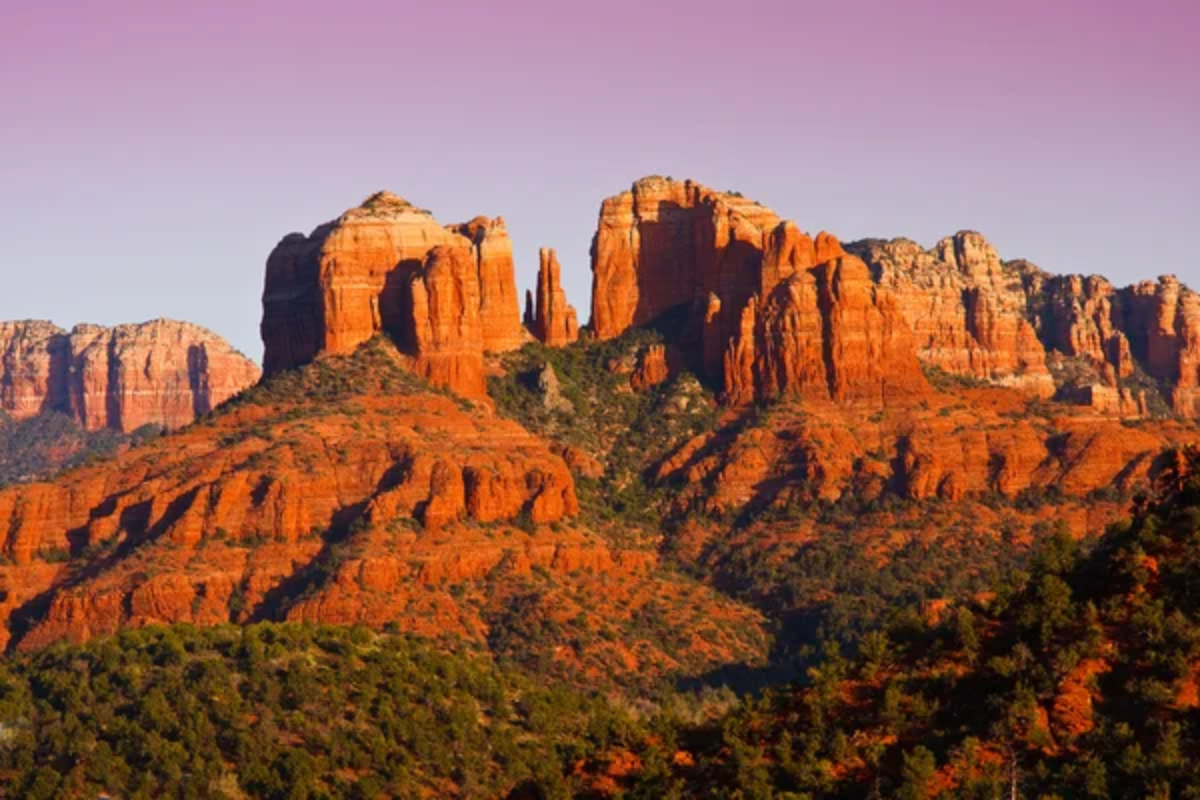
The massive red sandstone formations in Sedona emit what locals call “vortex energy”, creating an environment that feels suspended in time. Visitors often report feeling more grounded and centered after just a few hours of hiking through these ancient geological wonders.
The contrast between the vibrant rust-colored rocks and the clear blue Arizona sky creates a visual meditation that naturally slows racing thoughts.
Hoh Rainforest, Washington
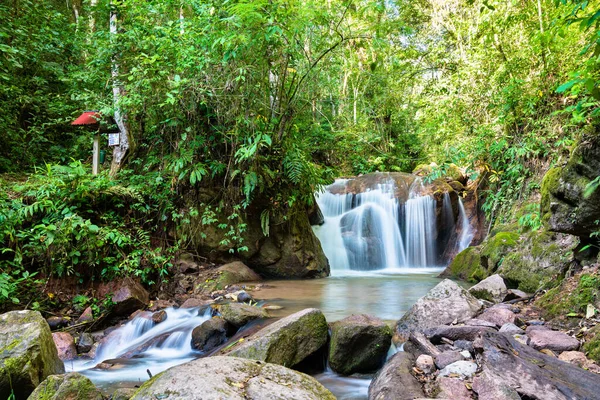
This moss-draped temperate rainforest in Olympic National Park is one of the quietest places on Earth, with noise levels dropping below the threshold of human hearing. The dense canopy creates a natural sound buffer that absorbs the noise of the modern world, allowing visitors to hear their own heartbeats and breath.
Walking among the ancient Sitka spruce and hemlock trees, some over 500 years old, provides perspective on our brief human timelines.
Like Travel Pug’s content? Follow us on MSN.
Kyoto’s Zen Gardens, Japan
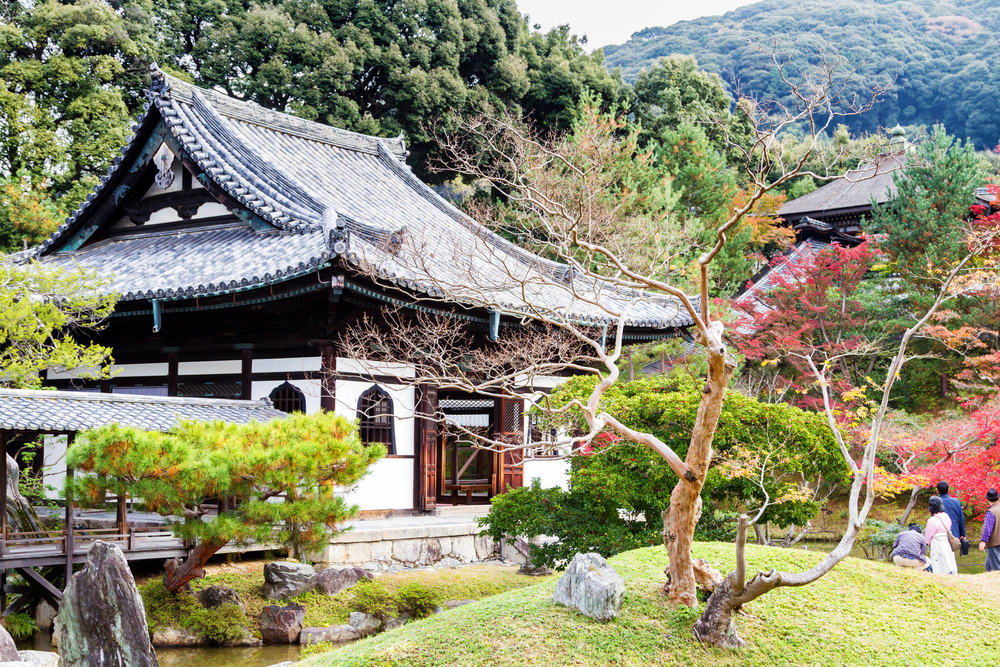
The meticulously raked gravel and strategically placed rocks of Kyoto’s Zen gardens were designed to slow the mind and promote contemplation. These gardens follow design principles dating back to the 14th century, creating timeless spaces rather than temporary ones.
The gardens’ minimalist aesthetic forces visitors to focus on subtle details—the curve of a branch or the pattern of ripples in the sand—naturally shifting perception from future worries to present awareness.
Lake Baikal, Siberia
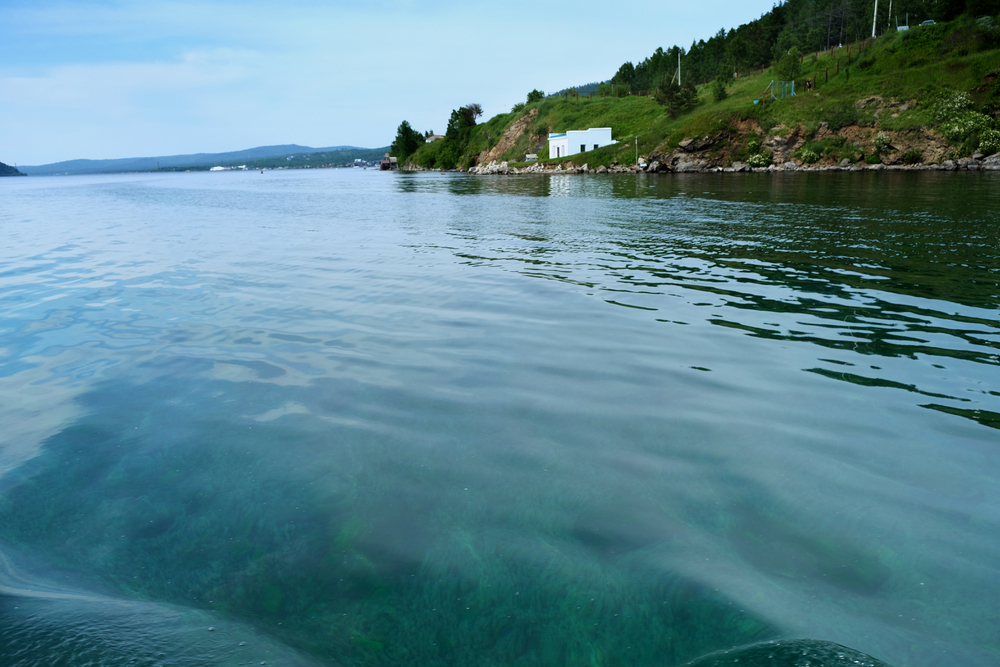
The world’s deepest and oldest lake contains nearly 20% of Earth’s unfrozen freshwater and sits in a rift valley where the continent pulls apart. The extraordinary clarity of the water—visibility extends up to 130 feet below the surface—creates an almost mystical quality.
In winter, the lake freezes with turquoise ice forming patterns resembling star constellations, connecting visitors to geological and cosmic time scales.
Kerala Backwaters, India
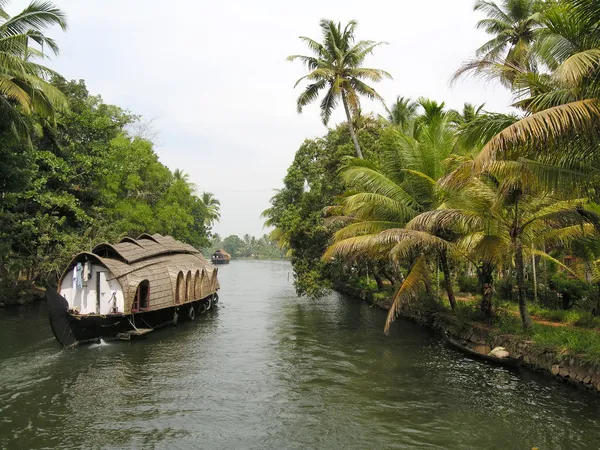
This network of interconnected canals, rivers, lakes, and inlets, formed by more than 900 miles of waterways, operates at a pace governed by tides rather than timetables. Traveling by traditional houseboat forces visitors to adapt to the rhythms of sunrise and sunset.
Local fishermen still use ancient Chinese fishing nets, a technique unchanged for hundreds of years, creating a living connection to historical time.
Like Travel Pug’s content? Follow us on MSN.
Blue Lagoon, Iceland

This geothermal spa’s milky blue waters contrast starkly with the black lava field surrounding it, creating an otherworldly landscape. The water maintains a constant temperature of 102°F year-round, regardless of Iceland’s dramatic seasonal light changes.
Floating in mineral-rich waters while snow falls or the midnight sun shines overhead creates a sensory experience that disrupts normal time perception.
Okavango Delta, Botswana

This inland delta floods annually, transforming desert into wetland and creating a rhythm of life that has remained unchanged for millennia. Wildlife moves according to these ancient water patterns rather than human schedules.
Spending nights in the delta means synchronizing with the sounds of nature—hippos grunting at dusk, frogs chorusing at midnight, lions roaring at dawn—naturally resetting your circadian rhythm.
Mount Kailash, Tibet

Considered sacred in four religions, this 22,000-foot peak has never been climbed out of respect for its spiritual significance. Pilgrims perform a 32-mile circumambulation around the mountain, often taking 3 days to complete the trek.
The high altitude, around 15,000 feet, naturally slows physical movement and deepens breathing, creating physiological conditions that alter the perception of time passing.
Like Travel Pug’s content? Follow us on MSN.
Machu Picchu, Peru

This ancient Incan citadel was built in accordance with astronomical events, particularly the summer and winter solstices. Visiting during these times allows you to witness how the architecture interacts with seasonal light in ways that track time without modern clocks.
The site’s 8,000-foot elevation means visitors naturally move more slowly, taking time to absorb the breathtaking views of the surrounding Andes mountains.
Great Barrier Reef, Australia
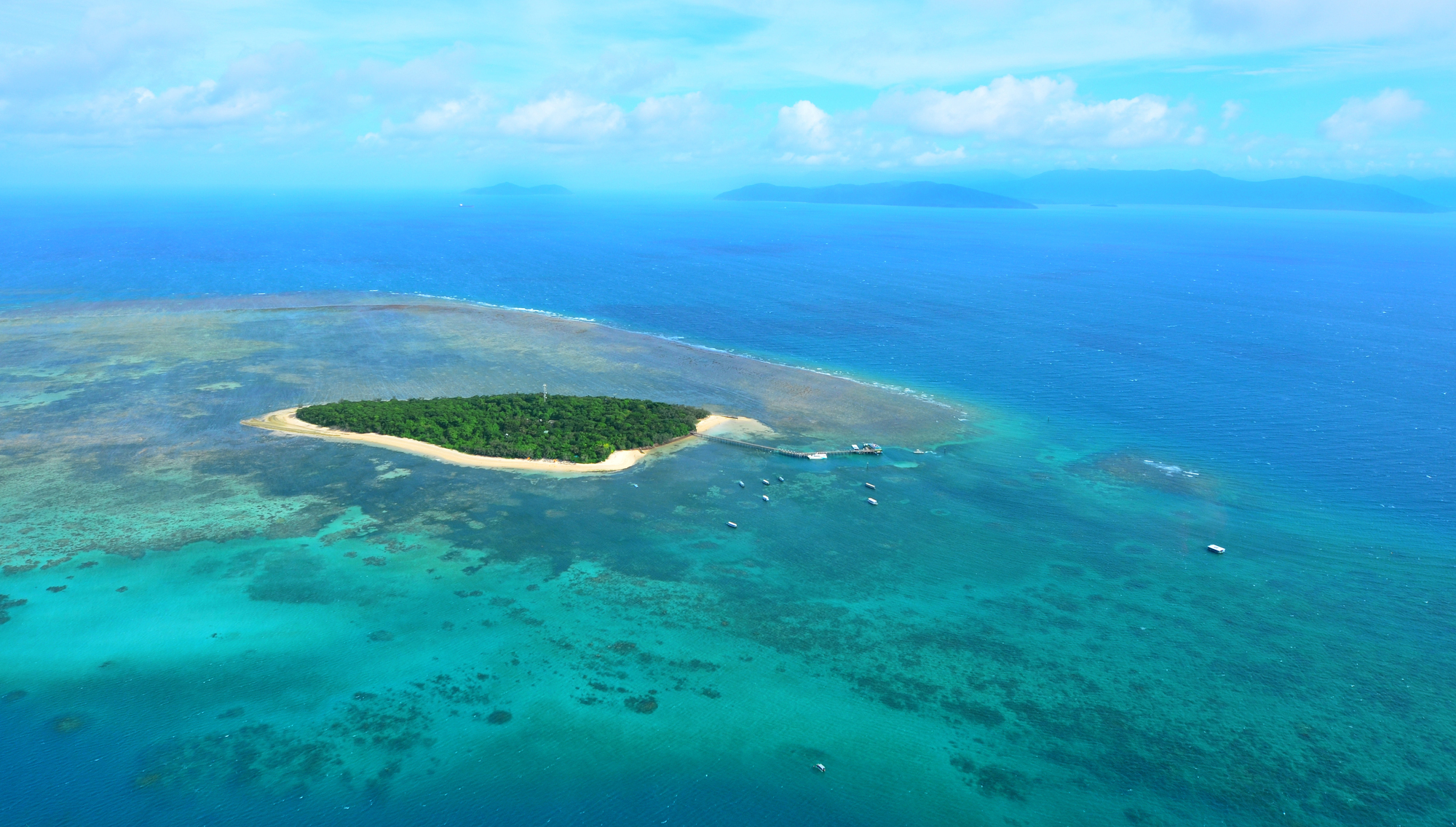
Diving among coral formations that have grown for 500,000 years provides a humbling perspective on humanity’s existence. The reef operates on multiple timescales simultaneously—coral polyps respond to lunar cycles, fish follow daily feeding schedules, and the reef evolves over millennia.
The weightlessness of the underwater environment and the necessity of measuring time in oxygen tank minutes rather than clock minutes create an altered state of temporal awareness.
Monteverde Cloud Forest, Costa Rica

This misty forest exists between earth and sky, with clouds moving through the trees rather than above them. The constant moisture creates an environment where moss and epiphytes grow on every surface, blurring the boundaries between organisms.
Walking through this green cathedral with limited visibility beyond a few feet ahead naturally brings attention to the immediate moment rather than distant destinations.
Like Travel Pug’s content? Follow us on MSN.
Joshua Tree National Park, California
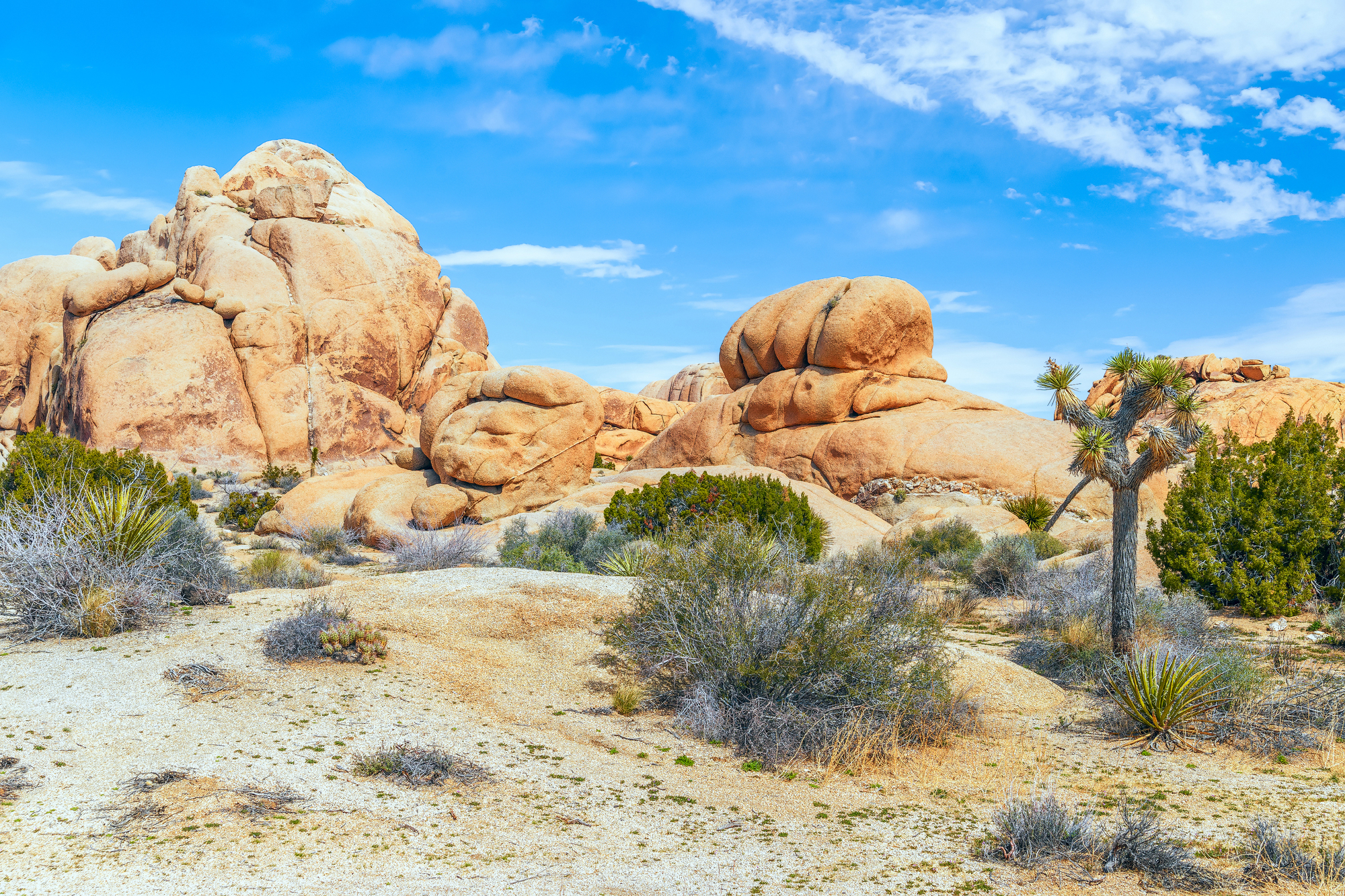
The intersection of two desert ecosystems creates an ancient and alien landscape. The twisted Joshua trees, some over 150 years old, reach toward the sky like frozen dancers.
The extreme temperature variations—from near freezing at night to over 100°F during the day—create a natural awareness of day-night cycles. The park’s designation as a Dark Sky preserve means nighttime reveals stars in formations unchanged since human ancestors first looked upward.
Luang Prabang, Laos

This UNESCO World Heritage city moves to the rhythm of Buddhist traditions, with the daily alms-giving ceremony to monks occurring at dawn as it has for centuries. The entire city maintains architectural elements dating to the 14th century, creating an environment where past and present coexist visibly.
The ban on modern transportation in the historic center means visitors are naturally slowed to walking pace, experiencing the city as travelers did hundreds of years ago.
Dead Sea, Jordan/Israel
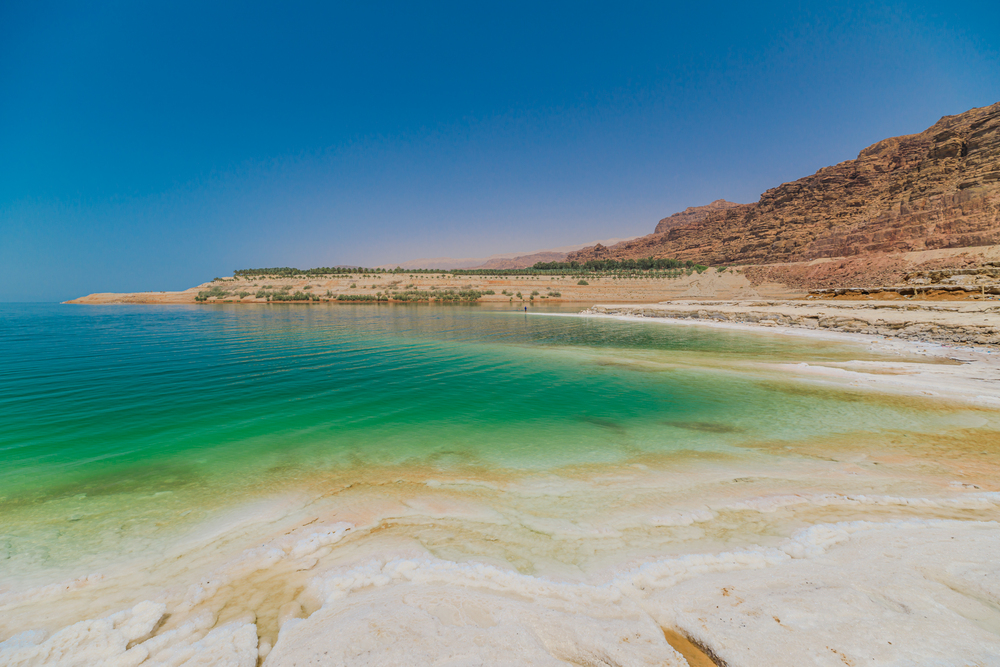
Floating effortlessly in water ten times saltier than the ocean creates a sensation of weightlessness that immediately alters bodily awareness. The shore sits at the lowest elevation on Earth—1,400 feet below sea level—creating a uniquely dense atmosphere with air rich in oxygen and bromine.
This natural combination acts as a relaxant, slowing heart rate and inducing deeper sleep patterns that help reset disrupted circadian rhythms.
Like Travel Pug’s content? Follow us on MSN.
Sahara Desert, Morocco
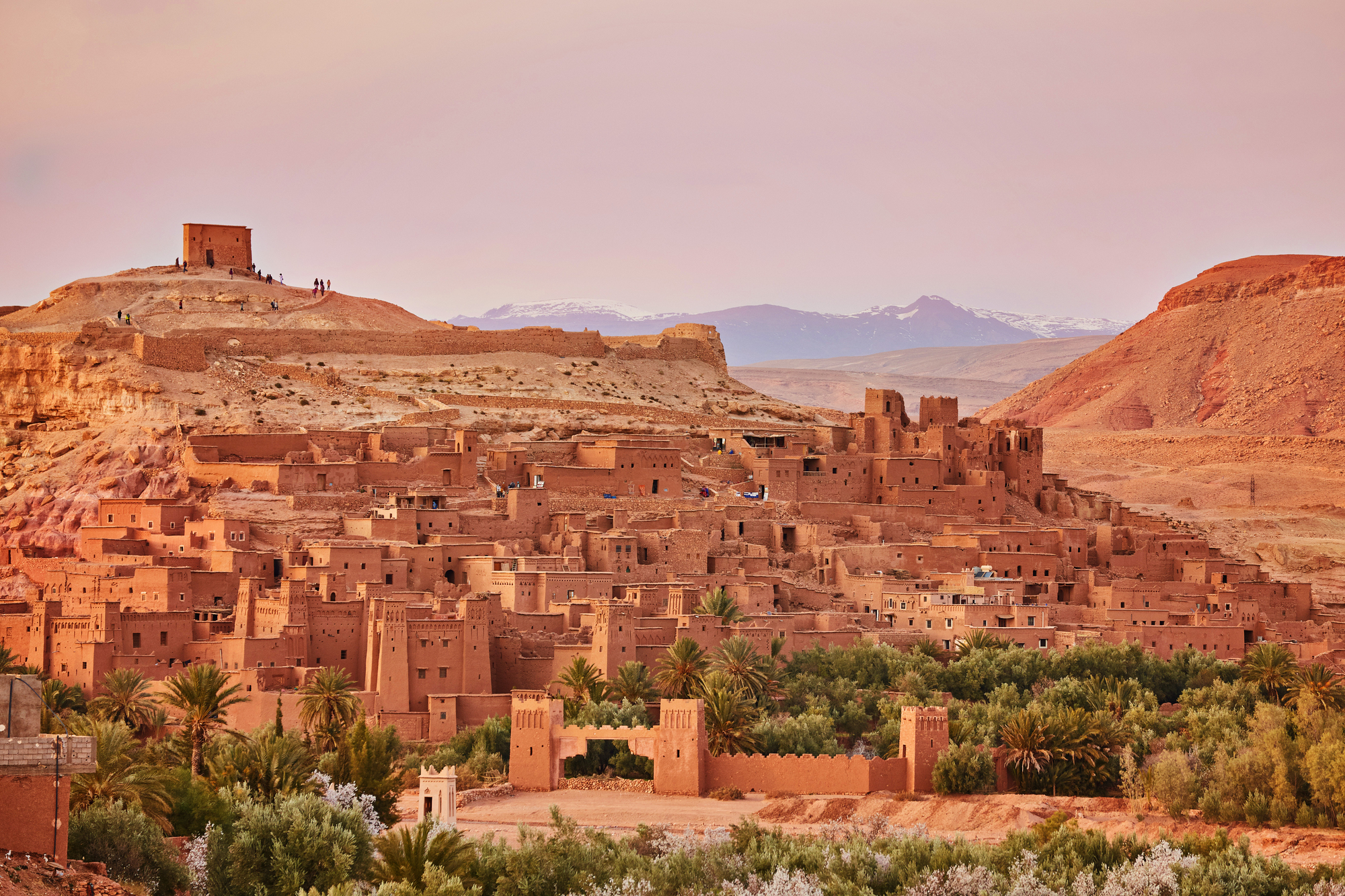
The endless rippling dunes create a landscape that appears simultaneously permanent and ever-changing. Distance perception alters dramatically without vertical references, making time and space feel elastic.
Berber nomads have navigated this landscape for millennia using star positions rather than maps or GPS, connecting visitors to ancient methods of time-keeping based on celestial movements rather than digital displays.
Redwood National Park, California

Standing among trees that germinated before the Roman Empire creates an immediate shift in temporal perspective. Some giants, reaching 380 feet, create their ecosystems with distinct microclimates.
The filtered light through the canopy, hundreds of feet overhead, naturally lowers blood pressure and heart rate. Studies show that walking among these ancient beings alters brainwave patterns, decreasing activity in regions associated with rumination and worry.
Varanasi Ghats, India

This 3,000-year-old city on the banks of the Ganges River is considered one of the oldest continuously inhabited places on Earth. Daily life revolves around rituals that have remained largely unchanged for millennia, creating a living connection to ancient practices.
The open-air cremations along the riverbanks provide immediate perspective on the human lifecycle, challenging visitors to reconsider their relationship with time and mortality.
Like Travel Pug’s content? Follow us on MSN.
Meteora Monasteries, Greece
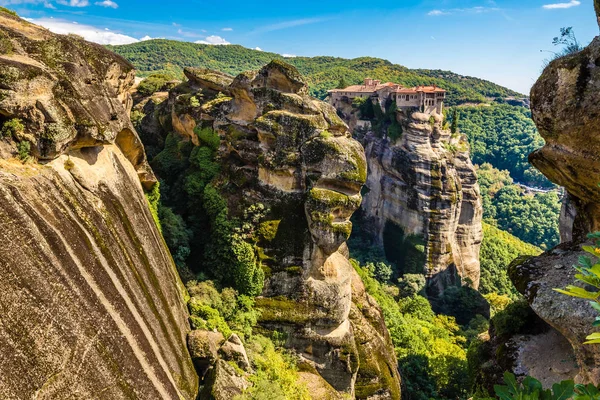
Six Orthodox monasteries perch atop natural sandstone pillars rising 1,300 feet from the valley floor. Originally accessible only by rope ladders and nets, these structures have housed monks seeking isolation since the 14th century.
Visitors must climb hundreds of stairs carved into the rock face, a physical journey that naturally slows movement and deepens breathing. The elevation provides panoramic views that expand perception beyond immediate concerns to broader horizons.
Patagonian Glaciers, Argentina/Chile
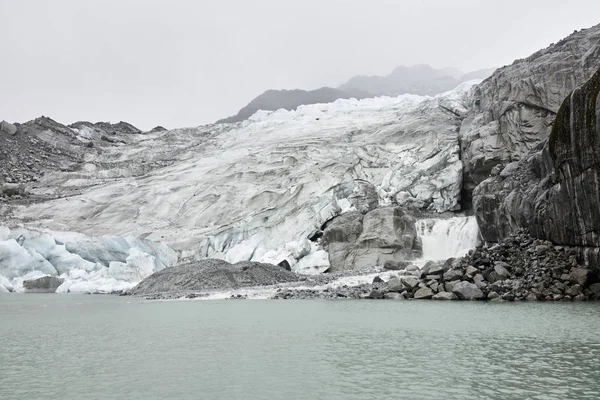
These massive ice formations move at a rate visible to the human eye—approximately 6 feet per day—creating a rare opportunity to witness geological time in action. The thunderous crack of calving icebergs provides auditory evidence of continuous change, normally too slow for human perception.
Camping near these ancient ice rivers means adapting to their cooling effect on local temperatures, naturally aligning sleep cycles with sunset and sunrise.
Aurora Oval, Northern Hemisphere
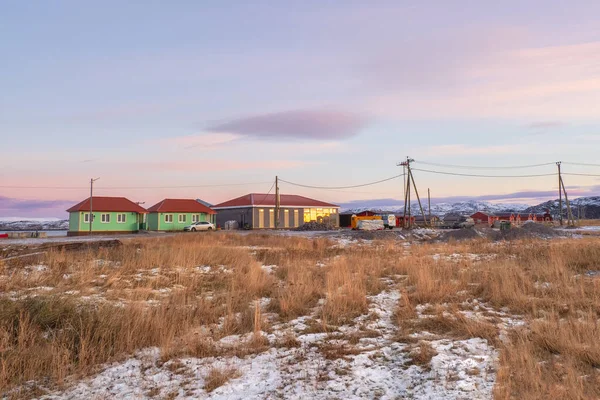
The dancing lights of the aurora borealis occur when solar particles interact with Earth’s magnetic field, creating a visual reminder of our planet’s place in the larger solar system. These displays follow an 11-year solar cycle, connecting viewers to astronomical timescales beyond human calendars.
Witnessing this phenomenon requires patience and comfort with darkness, as the lights appear most vividly between 10 PM and 2 AM, when modern humans typically avoid the natural world.
Like Travel Pug’s content? Follow us on MSN.
The Rhythms of Earth and Body

These 20 places offer more than scenic beauty—they provide environments where natural forces override digital demands, allowing our bodies to remember their evolutionary programming. Our ancestors have synchronized with these natural cycles of light, temperature, and seasonal change throughout history.
We can recalibrate internal clocks thrown off by artificial lighting, constant connectivity, and indoor living by temporarily placing ourselves in locations where these forces remain dominant. Even brief exposure to these natural timekeepers can have lasting effects, helping us carry more balanced rhythms into our daily lives.
More from Travel Pug

- Cities Growing so Fast You Won’t Recognize Them in 10 Years
- 13 Destinations Where Tourists Regularly Regret Their Trip
- 16 U.S. Cities That Are Quietly Becoming Travel Hotspots
- Where to Travel If You Love Long Bus Rides and Daydreams
- 20 Cities Perfect for Solo Travelers Who Crave Adventure & Culture
Like Travel Pug’s content? Follow us on MSN.
